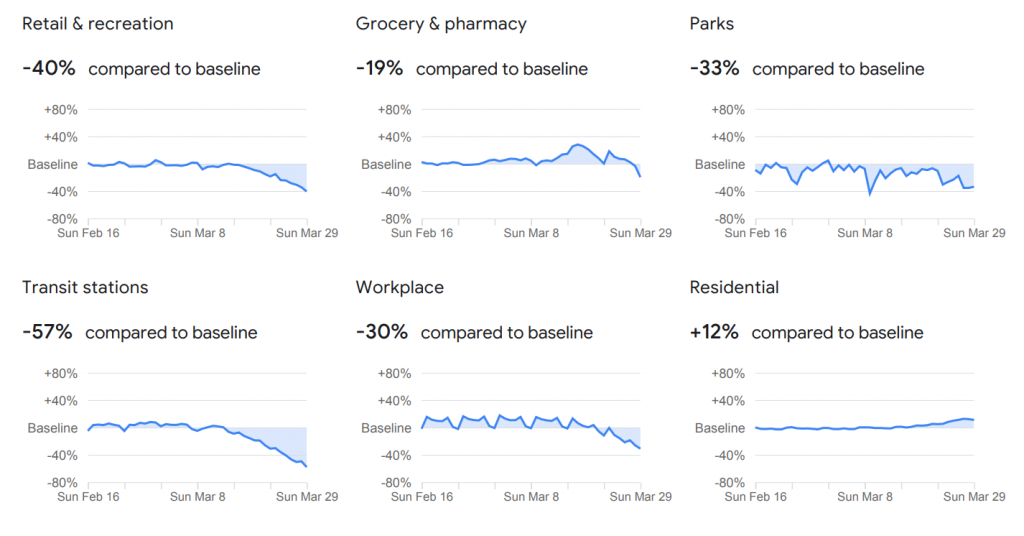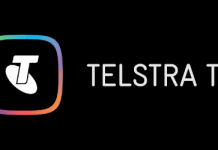With the current strategy for Health Services to handle the Covid-19 Pandemic relying on a basic two-prong strategy of “flatten the curve” and “lift the line” it is essential that Public Health officials understand how effective the social isolation measures have been. To this end, Google has opened its location data chest just a little.
Editors Note: For those not familiar with flatten the curve and lift the line. Flatten the curve relates to slowing the spread of the disease to reduce the number of people infected at any one time. Lift the line refers to an increase in health resources to be able to treat more people at once.
The Covid-19 Community Mobility Reports from Google bring together a set of aggregated and anonymized data based on Location histories gathered via Location Services on Android and Google’s first-party apps on other platforms. That data is then sorted into six broad categories; retail and recreation, groceries and pharmacies, parks, transit stations, workplaces and residential.
Within each category, Google is showing the net trend difference over time indicating the change in people’s movements in those areas. At best this might show, to some degree, how compliant specific populations are being with their social isolation requirements.
Currently, Google is providing data for 131 countries down to a “region level”. For Australia, this means aggregated by State. Google is working on adding more countries and potentially more region-level data in the future to help more governments in their fights against COVID-19.
Reports such as these obviously raise privacy concerns. In that sense Google has done what they can to ensure that this data cannot be used to identify an individual or group, however, that also means the data is less specific and useful.
For those of us on the front lines of fighting COVID-19 we would love to see population movement heatmaps, eg where are people congregating and when. This could inform both targeted public health education and perhaps guide hyper-local restrictions where there is a nexus of congregation. However, if everyone reading that didn’t get chills down their spine then I’d be surprised.
There is a conversation that needs to happen about how much social tracking we want to allow versus how well we want to control the spread of COVID-19 and protect our at-risk communities. Time is ticking, however, so talk fast.





